El aroma del té (2006)
Género : Animación
Tiempo de ejecución : 3M
Director : Michael Dudok de Wit
Sinopsis
Una pequeña esfera se mueve rítmicamente hasta llegar a su destino. La originalidad de este trabajo consiste en el hecho de estar animado utilizando granos de té.

Muestra los intentos de un monje por pescar a un pez. Supuso el descubrimiento de su creador, Michael Dudok de Wit, que seis años más tarde ganaría el Oscar con "Father and Daughter".
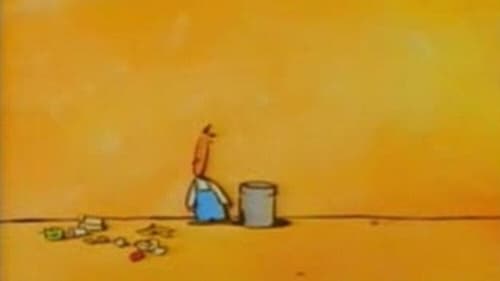
A cute little guy is trying to do the right thing and clean up his neighborhood. However, when he approaches a garbage can to empty it, one thoughtless person after another come by and make an even bigger mess.
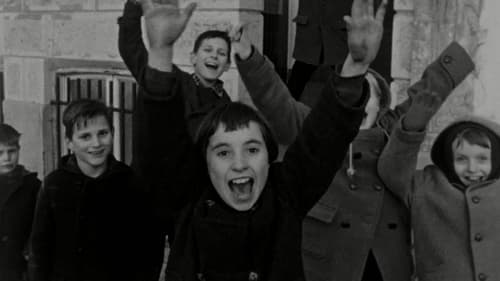
BEPPIE is a moving and disarming portrait of an Amsterdam street urchin. Van der Keuken once described her as follows: 'She was ten years old and the joy of the Achtergracht, where I was living at the time. An Amsterdam child, sweet and crooked as a corkscrew.' He films her while she skims the city with some friends and knocks at strangers' doors. Her family has nine children and is not well off. In those days, a visit to the De Miranda swimming pool cost a quarter, but only ten cents if the weather was bad. At school, Beppie gets a poor mark because she is too boisterous, but when the whole class rattles off the multiplication tables, she joins in at the top of her voice. All of TV-watching Holland was wildly enthusiastic about this portrait, with which Van der Keuken even made the front page of the national newspaper De Telegraaf.

Retrato de las andanzas de Madjid, hijo de inmigrantes argelinos, y su amigo Pat. Son dos jóvenes que viven en los suburbios de París, han acabado el colegio y tienen dificultades para encontrar trabajo. Su única salida posible es la delincuencia.

With the use of montage sequences, voiced over with the observations of the children, van der Keuken was able to use artistic expression to portray the sightless children’s unique perspective of the world.

Ana es una adolescente que ha crecido en un ambiente represivo e hipócrita. El descubrimiento del sexo y de la crudeza de la vida significan el fin de su inocencia.

During the solar eclipse of August 11, 1999, Chris Marker documents the French public looking up to the skies, with many of them wearing eclipse glasses.
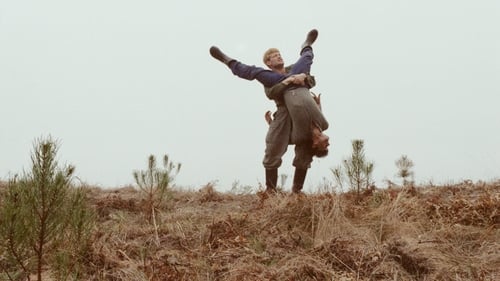
Durante los últimos días de la Segunda Guerra Mundial, Guy, un simple campesino francés, rescata a Rolf, un soldado alemán herido, y lo atiende para que se recupere. A medida que su juguetona camaradería crece, los dos jóvenes de bandos enemigos desarrollan un vínculo inimaginable.
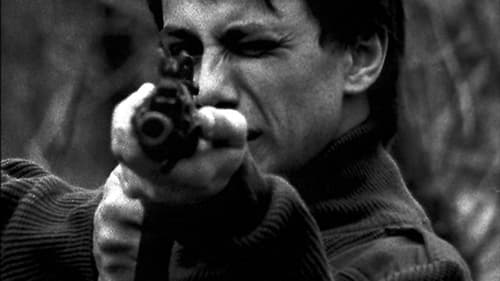
Su última voluntad antes de morir es un beso, pero sólo hay hombres en el lugar del fusilamiento.

This is a short film that, although a documentary in appearance, has very little to do with the generic conventions of that form. It would seem, then, that what we have here is the embryo of what he was subsequently to call the "elementary": an abstract or lyrical modality in the perception and exposition of the real.

A humorous survey of the history of the development of transportation technology in Canada.

Spectator is one of the early masterpieces by Zwartjes. The film explicitly shows one of Frans Zwartjes’ main themes: the relationship between husband and wife. It is a relationship that is strongly marked by power and domination, sexual attraction and repulsion. It manifests itself in humiliation and abuse (such Pentimento), but also in cool eroticism or natural physicality. Zwartjes’ goal is not to explain or designate this relationship. Rather it is the subject that Zwartjes uses to describe his world. In an article on Zwartjes, filmmaker and student George Schouten compares Zwartjes to the Italian writer Alberto Moravia. For both, sex is their way of dealing with reality. It is the subject by which they define their world. And for Zwartjes, it is also the subject with which he can display and develop his cinematic talent. (eyefilm.nl)
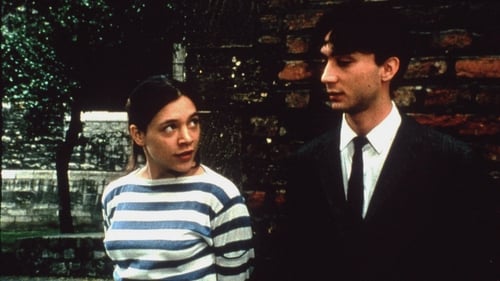
The main character, Michele, spends the hour discussing her views of life with some old and new friends, and tries to understand her own feelings about her place in the world and her sexuality, while a camera follows along at close range.

If any single piece can act as a key to Ruiz, it may be the 1997 short Le Film à Venir (The Film to Come). The titular film is a holy fragment of celluloid that can only be seen by a secret society known as the Philokinetes. They watch it on a loop, somnambulating through a life that is unreal by comparison. It is the belief of the Philokinetes that film has an existence “independent from humans. Cinema, they said, is the primeval soup of a new life form. There from were to emerge pure screening creatures. Which is to say, non-topical beings.” - n+1
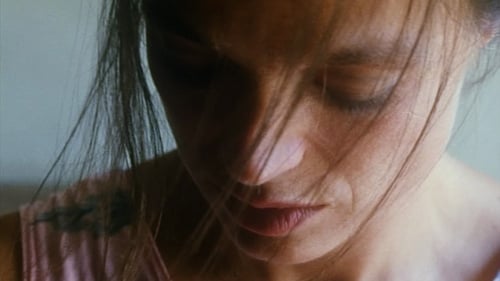
Using few words and gorgeous imagery, this is a poetic painting of a family, each in their own space on an August afternoon.
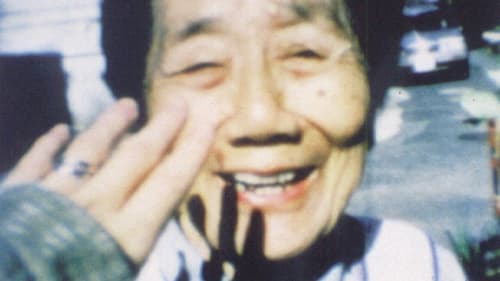
Documental centrado en la relación entre la directora y su tía abuela, y en el trabajo y rituales de la anciana en el huerto desde la siembra de las semillas hasta la recolección de las verduras.

Through a series of twenty six short stories, a girl describes the childhood events that shaped her ideas about fatherhood, family relations, work and play. As the stories unfold, a dual portrait emerges: that of a father who cared more for his career than for his family, and of a daughter who was deeply affected by his behavior. Working in counterpoint to the forceful text are sensual black and white images that depict both the extraordinary and ordinary events of daily life. Together, they create a formally complex and emotionally intense film.

Experimental short film about two men carrying a door.

Christian, an art critic, must write a study on the painter René Dimanche in order to understand why he did not produce anything for eight years. He asks his friend Ingrid to help him break through this mystery.

The one-celled long and slender diatom, up close: discovered in 1703 with the invention of the microscope. We observe them magnified 10,000 times: water expelled through the skeleton, mucilage constantly emitted, allowing it to glide. Their energy comes from sunlight. They divide and disperse. The narrator, conversing with a young woman, says their remains cover one-third of the earth's surface. They have uses in petroleum, explosives, and polish. Some live in isolation, some in colonies, like elaborate fans. They can move in clusters. Many small animals eat them. We watch them slide on each other in long strings.
















